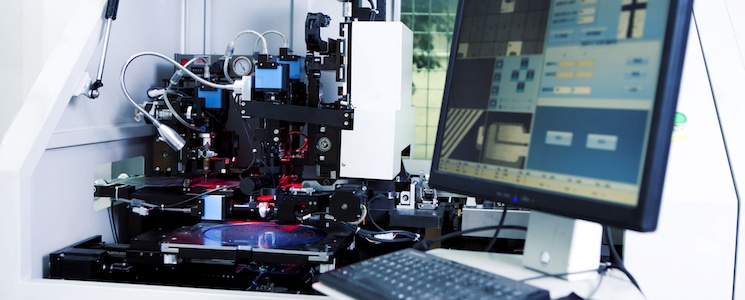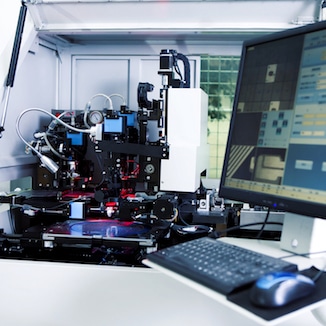
Attend almost any manufacturing industry show or management event, and every speaker, it seems, heralds the digital revolution. They rave about transforming every link in the manufacturing value chain, unlocking new sources of revenue by improving operational effectiveness, fast-tracking product innovation, and changing the manufacturing landscape forever. It sounds wonderful, but some are scratching their heads, trying to find the answer to a basic question – What is Digital Manufacturing?
What Is Digital Manufacturing?
Simply put, digital manufacturing is the application of digital technologies to manufacturing. It is all about having the right information, at the right place, at the right time. The goal is to link disparate systems and span processes across all departments and functions within the value chain. By doing so, the entire product lifecycle is impacted – from design to production to servicing of the final product(s). With digital manufacturing systems, each stakeholder gains quicker access to more accurate data. This improves process efficiency and heightens the quality of organizational decision-making.
Digital Manufacturing Connects Processes
Digital manufacturing requires integration between PLM, ERP, shop floor applications and equipment to enable the exchange of product-related information between digital design and physical manufacturing execution. Manufacturers can achieve time-to-market and volume goals, as well as realize cost savings by establishing a digital thread that provides a formal framework for digital exchange that can analyze data throughout the product lifecycle, transforming it into actionable information. The digital thread integrates as-designed requirements, validation and inspection records, as-built data, as-flown data, and as-maintained data.
Smart, connected products can send customer data to product managers to help anticipate demand and meet ongoing maintenance needs. The result is better designed products maintained in detail throughout the product life cycle. By involving customers during the entire product lifecycle, requirements can be fulfilled faster and with far fewer iterations.
Three Dimensions of Digital Manufacturing
Digital manufacturing can be broken down into three dimensions: (a) Product Life Cycle, (b) Smart Factory, and (c) Value Chain Management.
The Product Life Cycle starts with an engineering design definition and follows through sourcing, production and service life. Digital data for each step includes every incorporated revision, any approved deviations from design specifications and how these are executed across the lifecycle.
The Smart Factory is all about automation. It encompasses smart machines, sensors and tooling to provide workers with real-time data about the processes they are executing. It forms the bridge between Operations Technology (OT) that exchanges data directly with machines and tooling, and Information Technology (IT) systems and apps. Both are enhanced by business intelligence systems that perform in-depth analysis. This leads to real-time visibility of factory processes, process control optimization, and insight into potential areas of performance or process improvement.
Value Chain Management focuses on minimizing resources and accessing value at each stakeholder function along the chain. It results in optimal process integration, decreased inventories, better products, and enhanced customer satisfaction.
Benefits of Digital Manufacturing
Digital manufacturing brings together complex manufacturing processes across departments, and eliminates paper processes that can be fraught with errors and repeated information. Benefits include:
- Increased efficiency through automated exchange of data
- Avoidance of costly errors due to missed or misinterpreted data
- Quicker turnaround at all levels of the value chain
- Greater insight at critical decision points
- Real-time visibility into the effects of changes to processes, equipment, systems or components
- Faster pace of innovation
- Lowered cost of production and maintenance.
Digital Manufacturing in Aerospace and Defense
Some areas of the aerospace-and-defense (A&D) industry are deploying digital tools to integrate their enormously complex supply networks. A modern jet turbine engine has hundreds of individual parts, for example, some made in-house and others sourced from dozens of vendors. Through digital manufacturing, cloud computing-based tools allow suppliers to collaborate efficiently. This greatly reduces the labor required to manage design changes and minimizes risk across the supply network. Boeing is a good example of an organization realizing the benefits of digital manufacturing. The A&D giant developed its 777 and 787 airframes using all-virtual design. This cut time to market by more than 50 percent.
Digital Manufacturing is the Future
The way people and organizations use information is shifting dramatically. As the intensity of global competition raises the stakes, the pressure is on manufacturers to think differently about business models while still cultivating additional revenue streams and finding ways to outflank the competition.
For more information on Digital Manufacturing, download our latest whitepaper.


